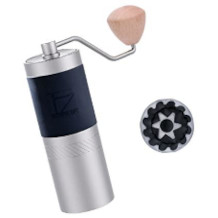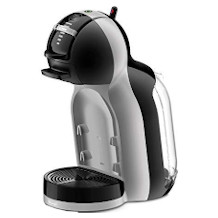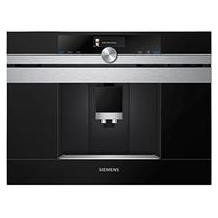Moka pot purchasing advice: how to choose the right product
- What you need to know
- Coffee prepared with a moka pot is particularly aromatic.
- Although moka pots can be electric, they are traditionally heated on a hot plate.
- If you leave a moka pot on the stove for too long, the coffee can burn, resulting in a bitter taste.
- Depending on the material of your moka pot, you can clean it in the dishwasher or simply by hand.
Tradition and enjoyment
Moka pots are also known as stove-top espresso makers. Traditionally, they are octagonal devices made of aluminum that look like a pot. They were created by the Italian inventor Alfonso Bialetti. He made the first model in 1933. In 1946, his sons brought it onto the market under the name Moka Express. The most famous moka pot manufacturer, Bialetti, still bears his surname.
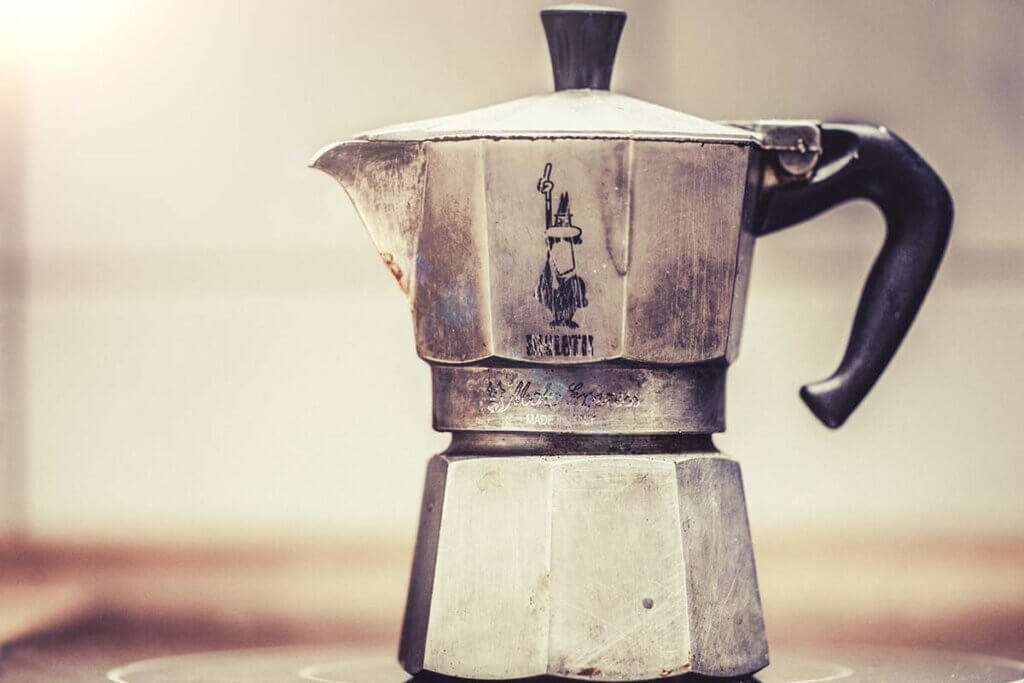
With his index finger raised, the Bialetti mascot makes an objection: “Stove-top espresso makers do not make espresso”. This might sound like tautological nonsense, but it is true. You need nine bars of pressure to make espresso, and moka pots only produce 1.5 bars. Nevertheless, moka pots are still very popular among coffee lovers. Whether it’s espresso or just coffee, if used correctly, coffee from a moka pot is hard to beat in terms of taste.
Operation and components
To use the moka pot, first take it apart. To do this, unscrew the upper part of the pot from the lower part and remove the funnel. Fill the kettle with water, no more than to the pressure relief valve. Put the funnel insert back on the pot and fill it to the top with ground coffee. The ground coffee should be evenly distributed and loose in the funnel. Don’t press it in too tightly, as this will result in a bitter taste. If it is extremely tightly packed, the water won’t be able to penetrate the pressed coffee powder and will escape as steam through the pressure relief valve, resulting in no coffee. When the funnel is filled, screw the pot back on and place the moka pot on the stove. Now the boiling process can begin.
The water rises through the coffee in the funnel insert as it boils. It passes through the riser pipe into the upper chamber. After a short while, the water pot will be empty and the chamber full of delicious coffee.
Inexperienced users often find it difficult to gauge when the coffee is ready. In fact, you can hear, see and smell it. Firstly, the pot will start to steam shortly before the coffee is ready. Secondly, the pot will make a loud, wet gurgling sound. When the gurgling stops, the coffee is ready. Stir it briefly, before pouring in out into several cups so that the flavour is evenly distributed.
Hot water in the moka pot
Some users recommend heating the water in advance. This way, the water will boil faster in the pot. For the best result, add 158 °F (70 °C) water. Adding hot water also means that the moka pot won’t get so hot. With aluminum pots, this means there is less risk of the aluminum affecting the taste of the coffee.
The anatomy of the moka pot
There are three main parts of the moka pot: the pot, the funnel insert and the upper chamber. In addition, a moka pot includes other parts that are essential to the boiling process.
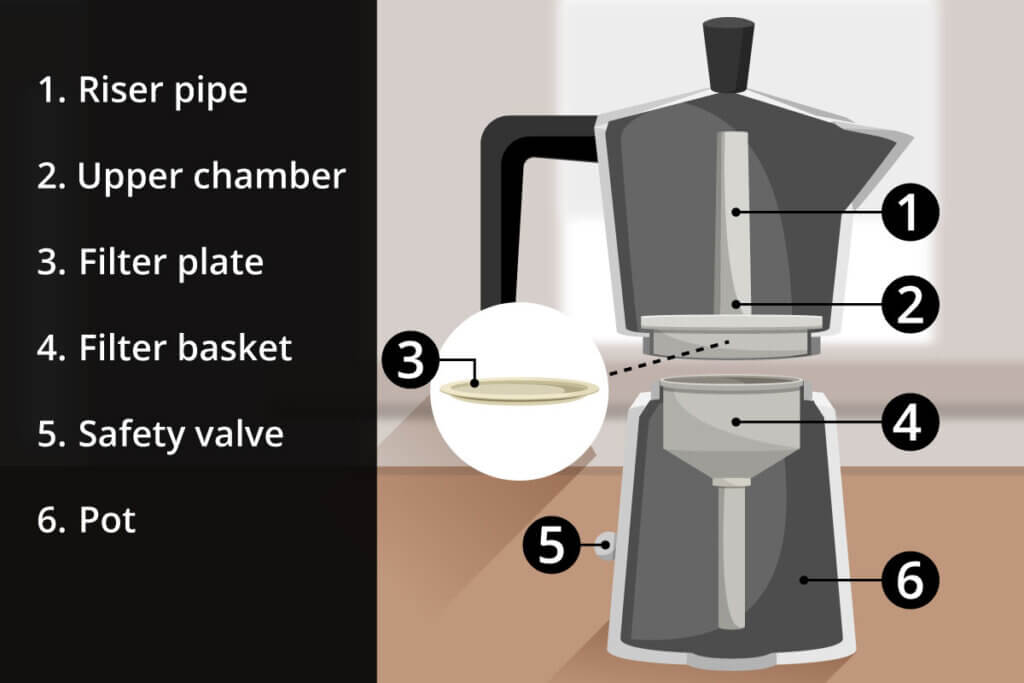
Pot
The pot is where the water is poured into. It is the part of the moka pot that comes into contact with the heat source.
Safety valve
The safety valve or pressure relief valve is located on the upper part of the boiler. The water level must not be higher than this. If there is too much pressure, the water vapour will escape from the valve.
Filter basket
The filter basket or funnel insert is placed on the pot and filled with coffee. It has a long pipe at the bottom through which water rises. The holes in the strainer ensure that the water passes through, but the ground coffee does not.
Filter plate
The filter plate or coffee strainer is located at the bottom of the pot, directly above the basket. It prevents coffee from getting into the coffee.
Riser pipe
The riser pipe or tube guides the coffee into the chamber.
Chamber
The chamber—also known as the top—collects the ready-boiled coffee. The chamber also consists of a lid and a handle.
Important purchase criteria
Will the appliance be used at home in the kitchen or when camping? How many people will you be making coffee for? Depending on your personal preferences and needs, there are a number of things to consider when purchasing an moka pot.
Type
Originally, moka pots were designed for the stove-top. This is no longer necessarily the case. Electric moka pots offer a practical alternative for many. They are very similar in design to traditional moka pots. The only difference is that electric moka pots are operated by electricity, like a kettle on a base. Traditional moka pots, on the other hand, require a stove as the heat source. Whether this is more convenient depends on the intended use. Access to a socket is often easier than to a stove, for example in an office or hotel room. Some electric models even include a temperature setting. They also switch themselves off when the coffee is ready. Some can also keep it warm for a longer time.
Advantages
- Convenient when there is no stove accessible
- Easy to use
- No burnt coffee
- Usually faster
- Less energy consumption
Disadvantages
- Electricity required
- Cannot be used outdoors
- Not traditional
The traditional moka pot can also be used over a fire when camping. If you are a coffee drinker who values tradition, this is the moka pot for you. If you heat the moka pot on the stove, however, you do have to be more attentive. The main thing is that you need to remove it directly from the stove as soon as the coffee is ready. Otherwise there is a risk of burning the coffee. However, there is no difference in quality between the two types of coffee.
Advantages
- Can be used without electricity
- Traditional experience
- Easy to clean
- Usually cheaper
Disadvantages
- Stove required
- Sometimes burns the coffee
Material
Traditionally, moka pots are made of aluminum. Nowadays, however, stainless steel pots are also very popular. Apart from tradition, the low price of aluminium kettles is their main advantage. They also conduct heat very well and are robust. However, it is often criticised that aluminum leaves a slightly metallic taste. In addition, aluminum pots cannot be used on induction stoves. Cleaning is also more difficult, as aluminum pots are not usually dishwasher-safe. This isn’t such a big deal though, you can simply rinse aluminium moka pots under running water. Aluminum pots also form a patina over time, which can positively benefit the taste. This being said, as a result, you can’t rule out the possibility that aluminum is being leeched into the coffee.
Advantages
- Inexpensive
- Traditionally
- Very good heat conductor
- Longevity
Disadvantages
- Affect the taste
- Harder to clean
- Sometimes aluminium residue in coffee
- Cannot be used on induction stoves
Stainless steel pots are somewhat more expensive than aluminium pots. But they have some distinct advantages. They are easy to clean, because they can be put in the dishwasher. They also do not change the taste of the coffee and last a very long time. Moreover, they can even be heated on an induction stove. However, they are not as heat-conductive as aluminium pots.
Advantages
- Easy to clean
- Don’t affect the taste
- Very long-lasting
- Also suitable for induction stoves
Disadvantages
- Expensive
- Not a good heat conductor
- Usually not in traditional octagonal shape
Size
Moka pots come in different sizes. The size is defined by the number of cups of espresso. One cup is approximately 1.35 oz (40 ml). Moka pots for two, four or six cups of espresso are the most commonly available on the market. However, there are models that can make up to twelve cups of coffee.
When choosing a moka pot, think about what size is right for you. This is an important decision, as moka pots should always be filled completely. It is therefore not recommended to buy a larger pot for yourself just in case you have visitors from time to time. This would result in too much electricity, water and coffee being used to make coffee for a single person. Additionally, larger quantities take longer to prepare. Last but not least, in this case, you will also just end up with too much coffee.
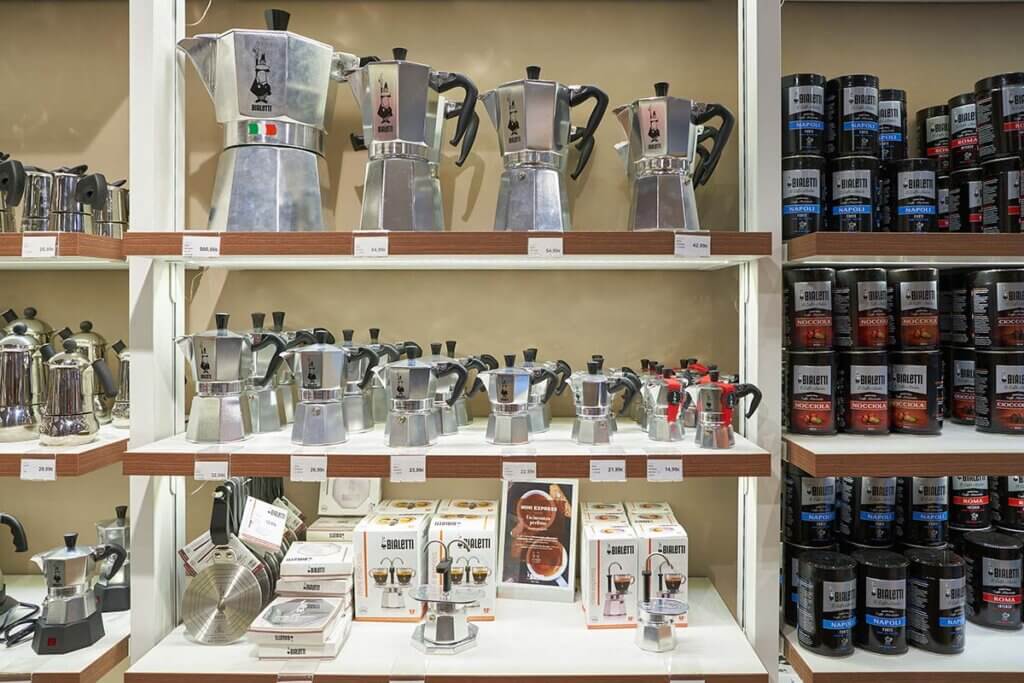
On the other hand, it is very inconvenient to use an espresso pot several times in a row. After all, it has to be washed each time and, depending on its size, takes several minutes until the coffee is ready. That is why it is often really worthwhile to have two different sizes of moka pot. This way you can always have the right size depending on whether you have guests.
Ease of use
The moka pot must be easy and comfortable to use. Of course, the size plays a major role in handling. The handle is just as important. Ideally, it should be heat-resistant. This means that the pot can be removed from the stove immediately after brewing without burning your fingers. This is also important for the taste of the coffee. If the coffee stays on the hot stove too long, it can burn and become bitter. A thumb lever is also an advantage. This can be used to open the lid of the pot after it has boiled. You should stir the coffee briefly before pouring it out.
Design
This is an especially important factor for coffee aficionados. After all, moka pots are objects with history. If you’re following in tradition, your moka pot should have an octagonal design, as origially invented by Bialetti.
Nowadays though, there are also many first-class moka pots that are round. This is often the case with electric and stainless steel moka pots. Even the original manufacturer Bialetti now sells round models. The shape of the pot has no influence on the quality of the coffee.
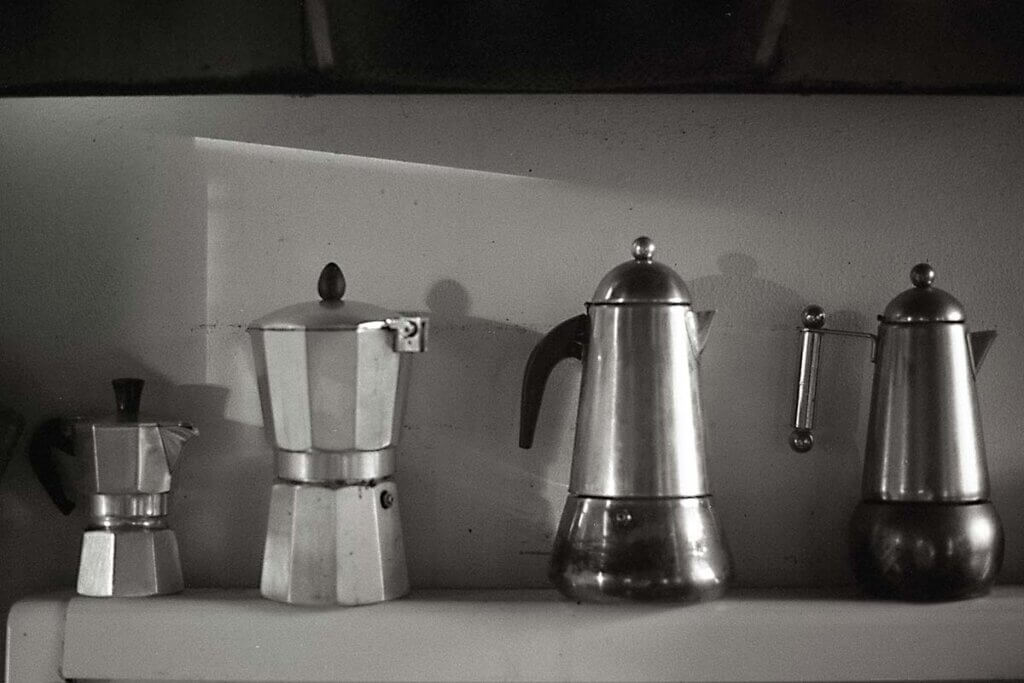
Price and manufacturer
The price of an espresso moka pot depends on many factors, such as the type, size, material and manufacturer. For a simple aluminium pot for two cups, the price starts at about 10 dollars. Price increases with size, but you can also get luxury pots that cost much more. Stainless steel pots tend to be more expensive than aluminium ones. Electric pots usually cost more than traditional moka pots. Accessories can also increase the price. For example, a stainless steel electric pot for six cups costs between 50 and 100 dollars.
Most well-known manufacturers such as Bialetti, Cilio, Rommelsbacher or Gräwe have products that sit in all the price brackets. However, if you value tradition, you should go for a Bialetti pot. In many tests and comparisons, Bialetti moka pots even prove to be the best, especially with regard to their price-performance ratio. However, this does not mean that other manufacturers are bad. The most sensible thing to do is to compare the individual models directly with each other after you have worked out your most important purchase criteria.
Extras
Most moka pots are very similar in their function. This said, some have special features. Two common extras are water level indicators and spring-loaded funnel inserts. These two extras are mainly for convenience. The only extra feature of pots that significantly affects the coffee experience is the crema valve. Moka pots cannot actually produce crema, but models with a crema valve actually can do it. However, these moka pots come at a significantly higher price.
About the coffee itself
Opinions are divided when it comes to choosing the right coffee bean. Some believe that Robusta beans are best for coffee from the moka pot. Others recommend Arabica. Whether it has to be espresso beans or not is also unclear. After all, the assessment of taste is subjective.
When it comes to preparing the coffee, more specific advice is possible. If a coffee grinder is available, you should grind the beans freshly before boiling. The coffee will taste better and more aromatic. Do not grind the beans too finely. Since the funnel insert should always be full, coffee that is ground too finely can prevent the water from penetrating. Therefore, also take care not to press the coffee too tightly into the filter.
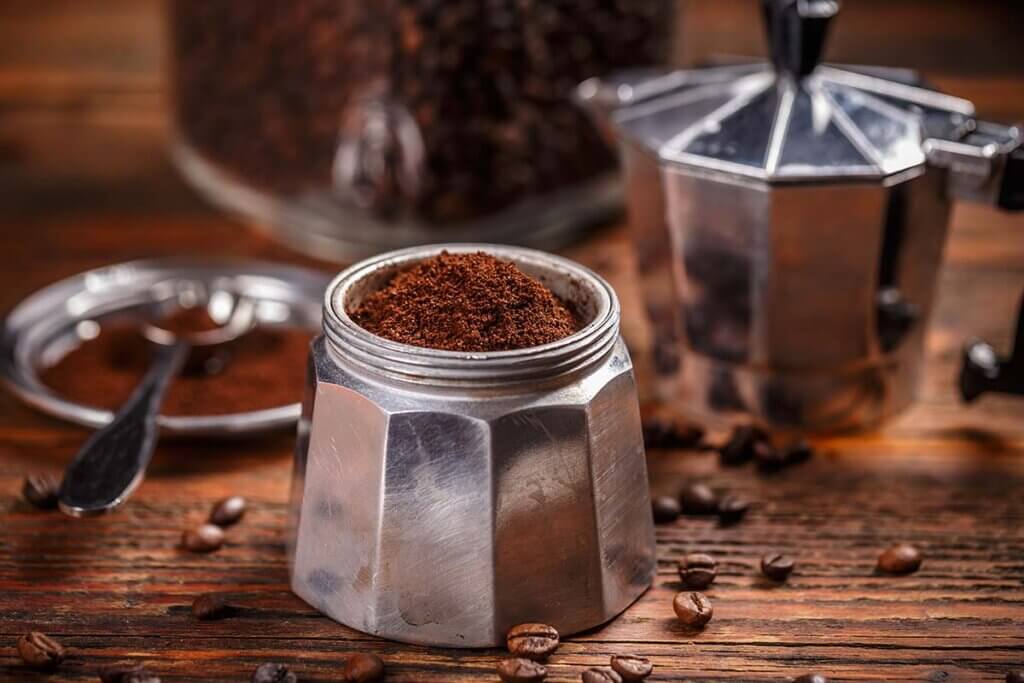
Cleaning and care
There are also a few things to bear in mind when cleaning the moka pot. Although stainless steel pots can be washed in the dishwasher, it is recommended that you wash the moka pot by hand after each use. First take the pot apart after it has cooled down. This allows you to clean each part separately. Use lukewarm water for this. Do not use detergent, as it can affect the taste. You don’t need to worry about the coffee oils that settle in the pot. These usually improve the taste. Finally, dry the individual parts with a cloth. Do not screw the moka pot back together until all the parts are dry.
Moka pots should also be descaled occasionally. How often this should happen depends on how much limescale your tap water contains. Descaling is very simple: Put lukewarm water and vinegar in a bowl. Place the unscrewed parts of the moka pot in the bowl and leave them to soak. Then wash all the parts thoroughly so that the vinegar does not affect the taste of the coffee.
Image 1: © heerenator / stock.adobe.com | Image 2: © FinalCheck | Image 3: © womue / stock.adobe.com | Image 4: © santiago / stock.adobe.com | Image 5: © Grafvision / stock.adobe.com

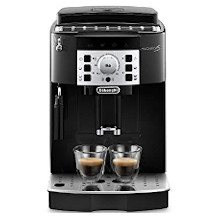
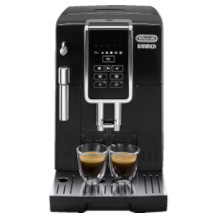
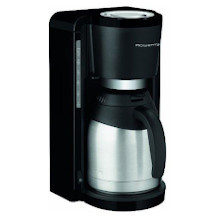
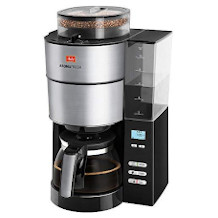
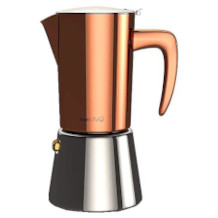
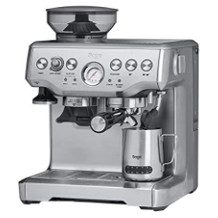
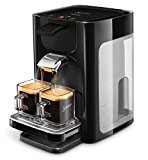
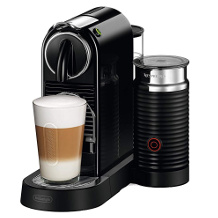
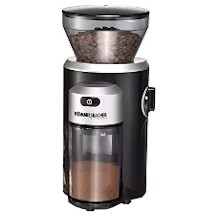
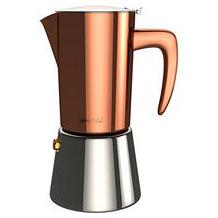








 22,890 reviews
22,890 reviews


